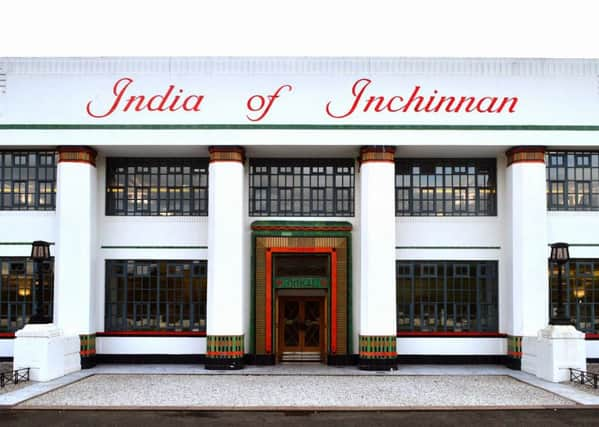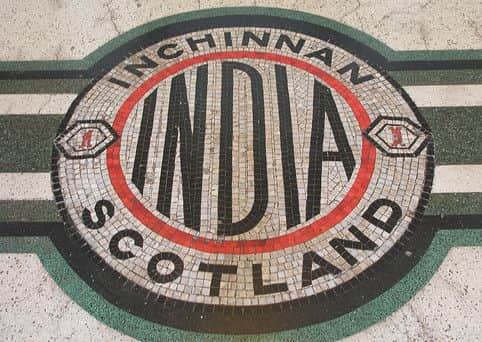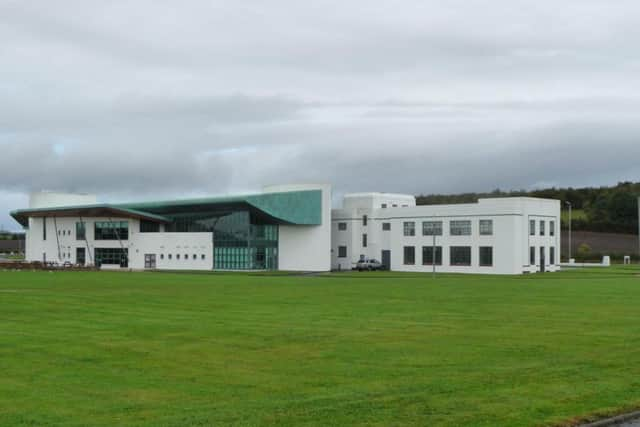Scotland’s hidden wonders: India of Inchinnan


WHAT IS IT?
The building housed the factory and offices of the India Tyre and Rubber Company for over 50 years. Following a multi-million pound refurbishment in 2003 after a period of neglect, India of Inchinnan was taken over by software firm Graham Technology. It is now occupied by another technology company, KANA. Defence giant Lockheed Martin and Rolls-Royce reside in other parts of the site. In addition, a restaurant, R34, also inhabits the building, taking its name from the first-ever airship to make a return journey over the Atlantic in July 1919 that was built on the site before India Tyres took over.
WHERE IS IT?


Located within the Renfrewshire town of Inchinnan and north-west of the centre of Glasgow, the offices of the India Tyre and Rubber Company were purposely placed prominently beside Greenock Road to showcase the company’s financial optimism.
WHEN WAS IT BUILT?
Advertisement
Hide AdAdvertisement
Hide AdBuilt in 1930, the India of Inchinnan building was created for the company as their flagship office. Prior to its construction, the site had been the home of Inchinnan Airship Constructional Station and inhabited by William Beardmore and Company from 1916 to 1922. Featuring a large airship shed and hydrogen production plant with masses of flat, level space, the factory thrived making airships throughout the First World War. The path was clear for India Tyres to buy the site after the Constructional Station shut down for good in 1922. Parts of the original shed were reused as a storage point for raw materials as well as a rubber mill.
WHO DESIGNED IT?


The work of Thomas Wallis, the founder of Wallis, Gilbert and Partners architects famous for their work on the Hoover building, India of Inchinnan showcases many of the typical Art Deco traits associated with the fashion of the times. Its white stucco walls have been meticulously restored, with the two storeys of steel window frames on the outside of the building yielding to a single atium once inside. Red, black and green tiles tie in with the corporate colours of the building’s original tenants and spell out the company’s proud logo within a terrazzo floor in the entrance vestibule.
IS IT A TOURIST ATTRACTION?
While it’s not immediately well-known outside of the local area, the India of Inchinnan grounds have been the subject of much local and national interest since their restoration in 2003. The original building has been extended to feature an airship-inspired roof that covers the offices of the businesses in residence, resulting in the award of ‘Best Re-Use of a Historic Building’ being bestowed upon it by the Scottish Design Awards. The Clyde Waterfront organisation has also helped to publicise the Art Deco treat viaits website.